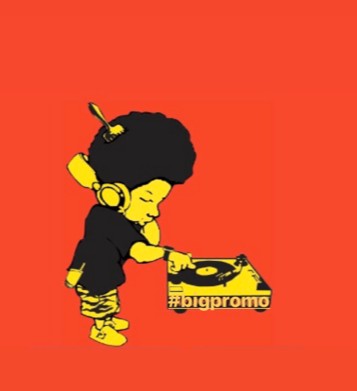
With a wealth of music platforms available today, people have an immense amount of choice around where they can discover music and what to listen to. Traditional methods like radio still remain popular among consumers, streaming apps offer services that allow listeners to interact with music in new ways. The Covid-19 outbreak appears to be accelerating the shift to such platforms, with consumers globally saying that they’ve been listening to more music streaming services at home.
Streaming enables people to find and listen to a wider range of music, the desire for social interaction is also changing how listeners discover and share new music and artists. Digital platforms have already transformed how younger audiences listen to music, a large proportion of 18–34-year-olds listen to music through streaming services more than other sources. In the UK, research shows two-thirds of younger listeners listen to music most often on streaming sites, compared with twenty five percent of those aged 35 and over.
The 35 plus demographic still use the medium of radio most often and are slower to reap the benefits of streaming and digital discovery. This older consumer, aged 35 and over is more open to exploring a variety of artists and genres though, people who mostly discover new music on the radio are less satisfied with what they find compared with those who discover it through streaming.
Algorithms and number crunching based on past listening and purchasing are common methods used to influence new music choices for the 18-34 demographic, listeners aged 35 plus receive recommendations from people they know. The younger generations being way more engaged with social media are proving to be a great forum for fan engagement and new artist loyalty. Blog groups and chat sites give these 18–34-year-olds a sense of unique knowledge and helps them get to know artists better.
The online music streaming market consists of revenues generated from music and music video streaming, revenues are made up from subscription service charges and ad supported streams. The global online music streaming market had revenues of $11.7bn in 2019 with the subscription services segment being most lucrative in 2019, with total revenues of $8.7bn, equivalent to three quarters of the market’s overall value. Growth in this market being driven by consumer demand for unlimited access to large catalogues of music which is more desirable than physical music units and digital downloads.
Deep in the midst of the COVID -19 crisis and the impending economic recession, its unsurprising that the cloud streaming world will grow exponentially, the coronavirus pandemic has not affected peoples love of music, just their methods of access and ways to listen to it.
Social media is proving to be an effective place for fan engagement and for nurturing these connections, especially among younger generations. Viewers and audiences who usually might not engage in the world of classical music for example and might not have been able to afford these concerts have a whole new genre easily available to them. Totally uninhibited by perceived concert hall traditions and just from the comfort of their sofa’s.
Strategies across radio, streaming, influencer, digital and marketing are the norm and the future, the defacto principles engineered just keep being tweaked in line with music accessibility. Photoshoots / Banners / Playlists / Blogs / Press Days / Influencer Days / Lyric videos / Animated videos / Behind The Scene videos / Full videos / Pop Up gigs / Booking agents / Radio days (Student / Regional / National) are still all pivotal in breaking new artists.
The DJ has been and will always be a very integral mechanism via which music promotion will continue to work cohesively with the ever changing technologies and increasing streaming and social media world. Covid-19 still not being eradicated and large audience congregations becoming obsolete, the future of much music consumption will be the digital world.
Socials :-
@Thadboogie







